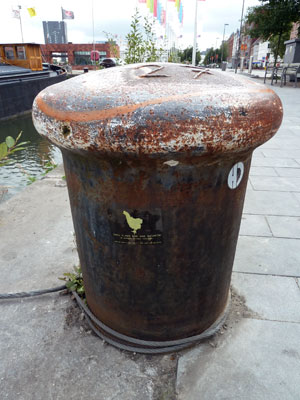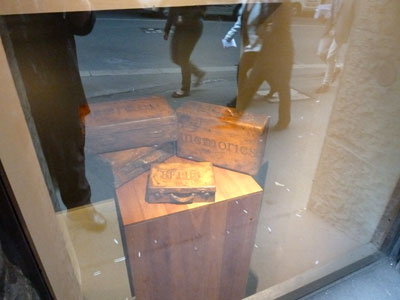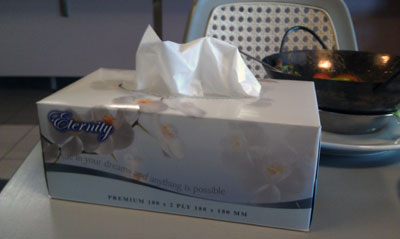Tunnels are favourite locations for graffiti, not only tags and ‘writing’ but also creative — though unofficial –Â public artworks. The ephemeral nature of these makes them more interesting than the durable commissioned murals that are sometimes painted or tiled on tunnel walls. However charming or sophisticated the official works might be, they can become boring for people who pass that way day after day.
In Antwerp there is a pedestrian tunnel underneath the railway line between Centraal Station and Berchem. It has several artworks painted, pasted or projected on the walls, floor and even the ceiling.
Naturally I like the zebra crossing, given my interest in the symbolism of crosswalks. Perhaps, given the amount of bicycle and even motorcycle traffic in the tunnel, the artist had in mind that pedestrians needed assistance to cross safely from one side to the other, should they wish to do so. Or perhaps the artist wanted to encourage people to go against the flow, although going against the flow in this case would only bring you up against a brick wall.
My thanks to Duncan, a fellow participant at the Visual Methods Seminar at the University of Antwerp, for finding this pedestrian crossing for me. Thanks also to Alan for demonstrating the use of the crossing for the photo.

























